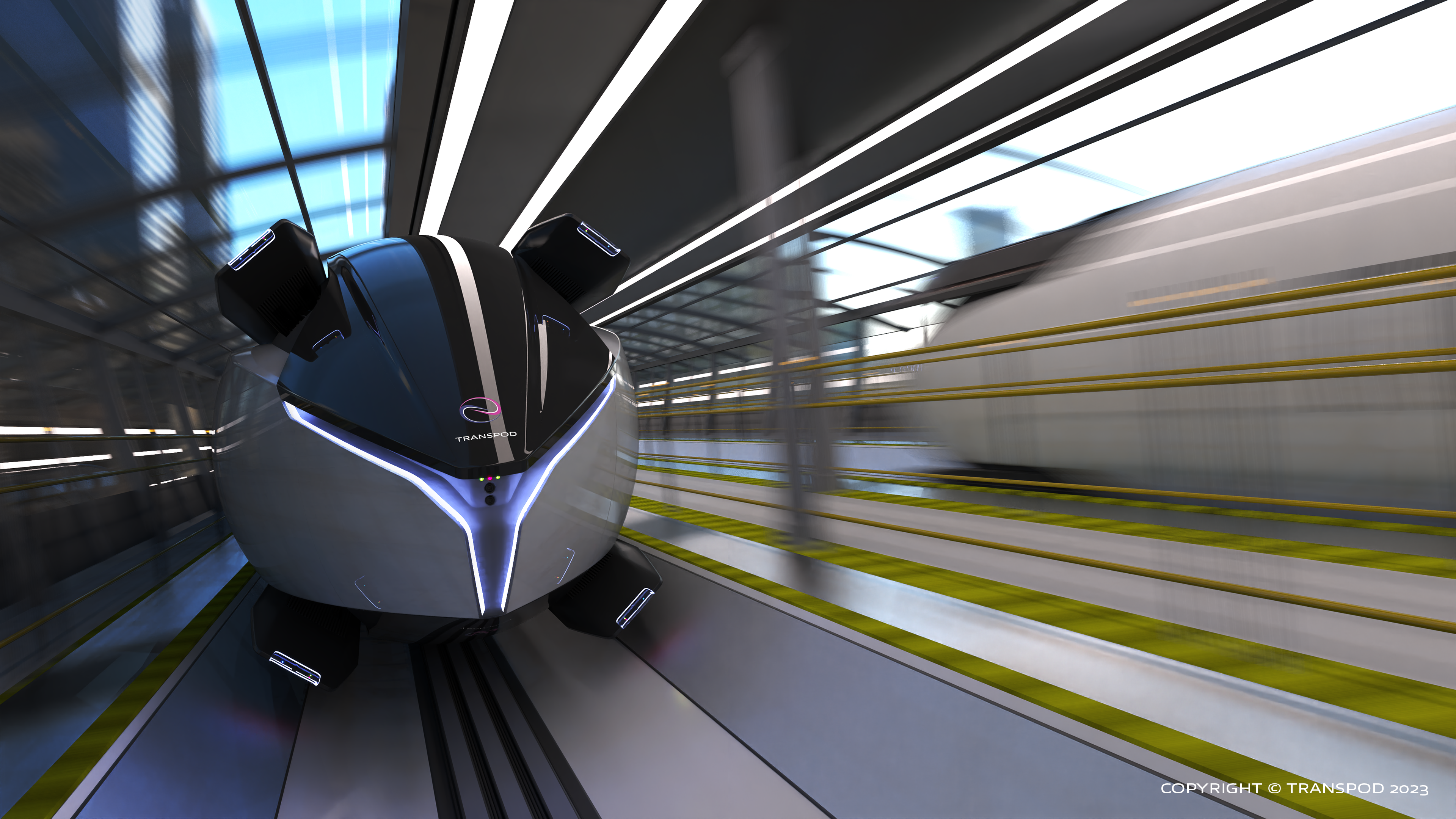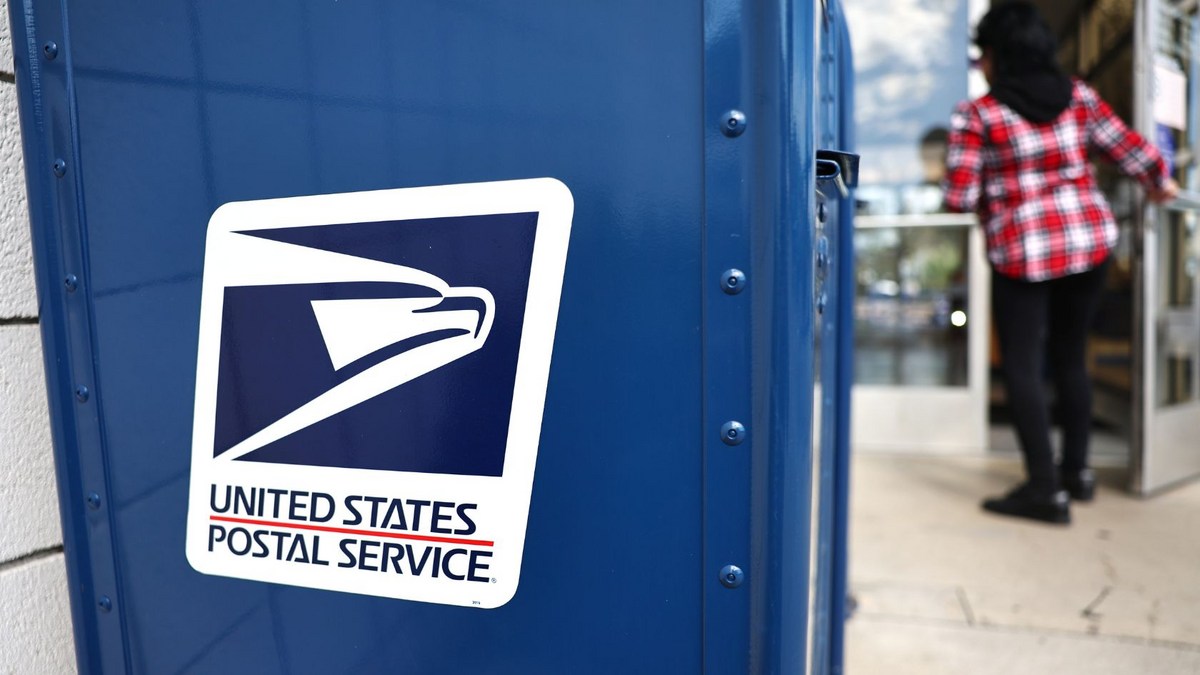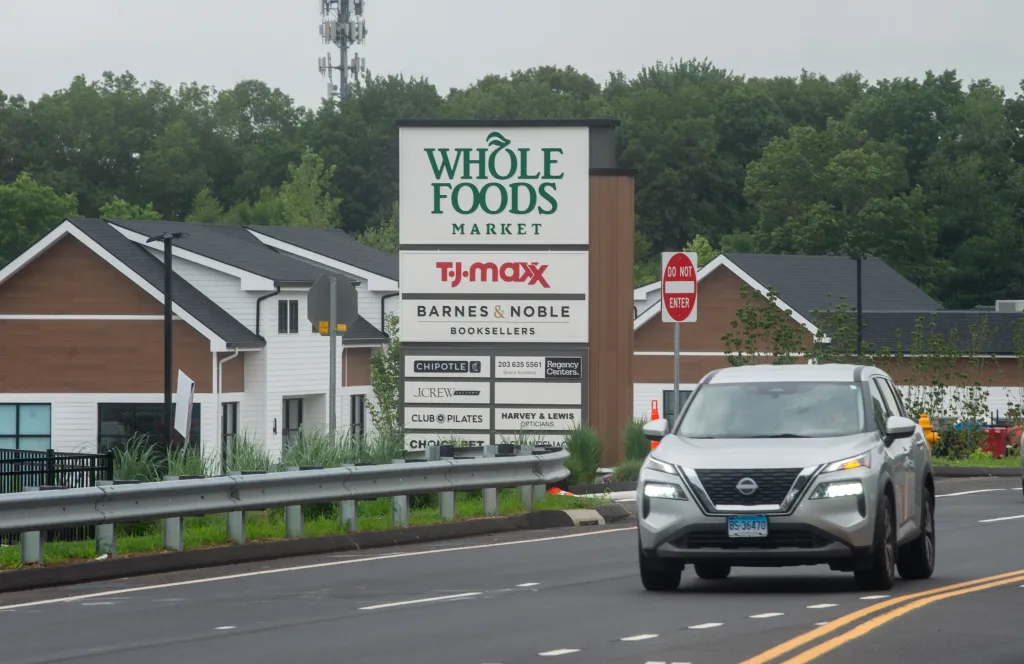Copyright nationalobserver

Since the AECOM study, Transport Canada has not conducted any new feasibility studies on hyperloop technologies but “continues to monitor global developments in this area by reviewing academic research, publications from other governments and institutions, and international media coverage,” Transport Canada spokesperson Flavio Nienow said in an emailed statement to Canada’s National Observer. “At this time, Transport Canada is not aware of any new evidence that would significantly change those findings,” Nienow said, referring to the 2020 study’s conclusion “that hyperloop technologies have not advanced sufficiently for commercial deployment in Canada.” Alberta proposal on ‘purely procedural’ pause Alberta signed a memorandum of understanding with TransPod in 2020 agreeing to explore the proposal but the province has not committed any funding or land to advancing the hyperloop project. The province is developing a passenger rail masterplan that will assess the feasibility of regional and commuter rail lines and different public and private delivery options and provide recommendations to the government. TransPod is currently waiting for Alberta to release the plan, which will “confirm how the TransPod Line will integrate into Alberta’s long-term passenger transportation strategy” and is now expected before the end of the year, TransPod CEO and co-founder Sebastien Gendron told Canada’s National Observer in an emailed statement. “The project pause is purely procedural while the Province completes its review,” Gendron said. “In the meantime, we’re continuing to advance preparatory work so we can move quickly once the province gives the green light.” This preparatory work includes a recently announced partnership with Algoma Steel and Supreme Steel. Gendron said the Transport Canada study only provided a broad overview of emerging technologies and did not assess TransPod’s system specifically or have access to its proprietary data, adding that “the technology has matured significantly since 2017.” The company’s own 2021 feasibility study “confirmed that the TransPod line between Calgary and Edmonton is both technically and economically viable,” Gendron said. Both those claims are hotly contested by critics of the “hyperloop” concept. “Hyperloop — in any version of it — has failed around the world, and millions and millions of dollars have been lost by investors,” Paul Langan, a rail transportation advocate, said in a phone interview with Canada’s National Observer. Langan runs High Speed Rail Canada, a website that compiles studies and other educational resources on high-speed rail. TransPod says no public subsidies needed The company’s 2021 feasibility study estimated the project would cost $22.4 billion. This estimate will be updated after the province’s transportation plan is complete and TransPod resumes development, Gendron said. The next detailed cost estimate will be in Summer 2026 following work on the test track — a roughly 20-kilometre segment of TransPod line between the Edmonton Airport and the southern city limits of Edmonton, according to the company’s feasibility study. However, the company can’t acquire the land and start construction until it clears legislative and regulatory hurdles, some of which will likely be resolved when Alberta releases its passenger rail master plan. Alberta welcomes “innovative transportation ideas” and is open to passenger rail proposals that align with its priorities, Alberta Minister of Transportation and Economic Corridors Devin Dreeshen said in an emailed statement to Canada’s National Observer. TransPod’s project would need to be recognized under the Alberta Rail Act before it can go forward. The passenger rail masterplan will include considerations for legislative additions and changes, according to a statement provided by an unnamed transport department spokesperson. Gendron said industry is ready to go with its new steel partnerships and just needs commitment from policymakers to unlock the next phase of development. According to TransPod’s feasibility study the project’s construction and operations can be privately financed and does not require taxpayer subsidies. The company will achieve this by transporting time-sensitive freight as well as passengers, Gendron said, adding that freight is expected to account for about 60 per cent of total system utilization. Some critics are skeptical about the claim the project will be viable without public funds. "If a private investor wants to invest in that company, great, but guess what? It hasn't been built yet," Langan said. “The private investor pipeline hasn't worked out, whether it's in France where their supposed test track was supposed to be built, or anywhere in Canada,” he said. TransPod previously said it was building a roughly three kilometre, half-scale test track in Droux, France, but French publication Le Populaire reported the test track was reduced to just 250 metres due to a funding shortfall. Longer distance tests will be conducted in Alberta so there is no need for a three-kilometre test track in France, said Dianna Lai Read, director of communications at TransPod, said in an email to Canada’s National Observer. International failures Other hyperloop companies have either failed or faced setbacks. American start-up Hyperloop Transportation Technologies abandoned its test site in Toulouse, France in November 2023 and announced it was moving its operations to Venice, Italy. In early 2024, news broke that the startup was struggling and unable to pay its employees’ salaries. A prominent American start-up called Hyperloop One shut down in 2023. A smaller start-up called Arrivo Loop abandoned the hyperloop concept in 2017 and shut down a year later. “Quite frankly, many bigger, bigger companies [than TransPod] with hundreds of millions of dollars have gone bankrupt,” Langan said. As TransPod awaits the release of Alberta’s passenger rail master plan, Langan mused that it would be “ridiculous” for the province to include TransPod’s hyperloop proposal in its long-term plan when traditional passenger rail or established high-speed rail are both safe and respected options. “Why would you pick a technology that doesn't exist anywhere in the world that many other companies have failed in?” he asked. In March 2022, TransPod announced it secured US$550 million in financing from Broughton Capital Group, in cooperation with China-East Resources Import & Export Co, a state-owned Chinese company. Four months later, TransPod unveiled a one-third sized prototype of its transportation pod technology at an event in Toronto. Transport Action Canada board member Michael Olivier attended the presentation and published an overview and critique of the presentation and TransPod’s claims. Olivier, a physicist, noted the presentations were missing some key details. For example, he explains that the hyperloop system needs a sophisticated detection system so that if a pod crashes or a malfunction occurs, the system can detect the issue almost instantaneously and signal to prevent a collision or further damage. This technology, dubbed “veillance flux,” was touted as a key to the project’s success, but it is a “brand new” highly sophisticated field and “may not have a practical implementation for many years yet,” Olivier wrote. Overall, Olivier said “many of its key technological underpinnings don’t yet exist in any practical sense” and several critical details were missing from the presentation. This includes details about emergency systems in case of an accident or system failure — such as how breathable air would be provided for an evacuation pod — and no design was presented for high-speed switches to bypass stations and access different platforms. The Transport Canada study also flagged plenty of unknowns around safety. It noted “the risks and hazards associated with Hyperloop are not yet fully realized.” It explained that although vacuum technology is not new, “operating in a low-pressure environment represents a significant risk that is compounded by the effects of very high travel speeds on capsule and infrastructure integrity, not to mention the effects on the human body.” With pods travelling at such high speeds there were countless questions, mostly unanswered, about how a communication system and track switching could even operate safely. Natasha Bulowski / Local Journalism Initiative / Canada’s National Observer



